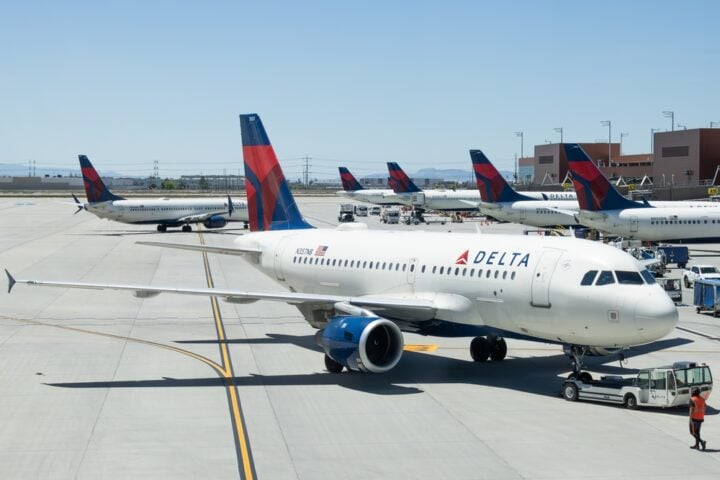Shopify’s Bold AI Policy Shifts Workforce Dynamics
In a recent memo to employees, Shopify CEO Tobi Lütke introduced a bold policy that could redefine the company’s approach to workforce expansion. Lütke stated that before teams can request additional headcount or resources, they must first demonstrate why AI cannot accomplish the task at hand. “Before asking for more headcount and resources, teams must demonstrate why they cannot get what they want done using AI,” Lütke wrote, a statement that reflects his belief in AI’s potential to streamline operations and reduce reliance on human labor.
AI and Workforce Reduction: A Controversial Approach
The idea of using AI to replace human labor has been a hotly debated topic, especially as the potential impacts on jobs loom large. A recent report by the United Nations’ Trade and Development organization estimates that AI could disrupt over 40% of roles globally. Shopify’s new approach to workforce management is sure to stir controversy, with concerns about AI leading to job losses. However, Lütke’s stance aligns with a broader trend in the tech industry, where leaders are increasingly turning to AI to boost efficiency and cut costs.
Other CEOs Following a Similar Path
Lütke is not the only tech CEO exploring AI for efficiency. Sebastian Siemiatkowski, CEO of Klarna, has publicly highlighted how the company’s AI chatbot now handles the work of 700 customer service agents. Siemiatkowski has also mentioned that AI could reduce Klarna’s workforce to just 2,000 people, down from 4,000 employees. This growing reliance on AI in the tech industry signals a shift toward smaller, more automated workforces, sparking further debates about the role of AI in the labor market.
Shopify’s Workforce History and AI’s Role in Future Cuts
As of 2024, Shopify employed around 8,100 people. In 2023, the company laid off 20% of its staff, and reports surfaced in January 2024 of additional layoffs within its customer service division. These cuts reflect Shopify’s ongoing efforts to optimize its operations, and AI is seen as a key driver of future efficiency gains. By integrating autonomous AI agents into its workflow, Shopify hopes to maintain a smaller, more agile workforce while driving productivity gains.
AI’s Growing Influence on Company Structures
Shopify’s bold policy change underscores the growing influence of AI in reshaping company structures and workforce dynamics. While AI’s potential to improve efficiency is undeniable, the implications for workers and the broader labor market remain contentious. As more companies look to AI for cost-saving opportunities, the debate around job displacement and the future of work will only intensify, forcing leaders to balance innovation with the social responsibility of managing a workforce in transition.







